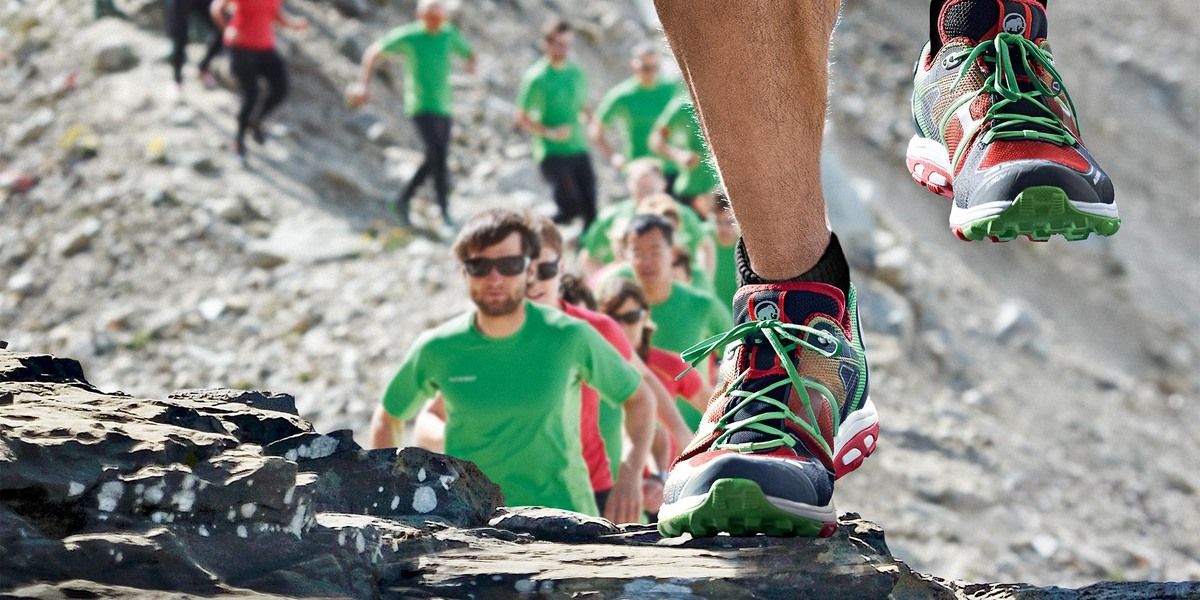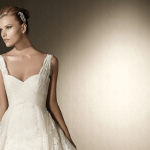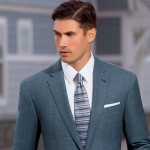
How To Choose The Running Shoes: The Ultimate Buying Guide
If the shoe fits then wear it, but if it doesn’t…, well you better know the answer to that, after all, you absolutely do not want to end up with blisters.
Lately, with aerobic physical training getting more and more diverse, whether be it a session taken at a gym, at home, or outdoors… some prefer sticking to traditional exercises such as jogging or running (the difference between both exercises is the level of intensity performed during each; jogging is basically running, but in a pace that is slow and steady, while running requires of your both, body and spirit a higher level of strength and fast movements).
Running is a well-known exercise that is needy of the right gear, besides what comes for you to wear on your torso or legs, shoes are actually the only gear you would be needing. Running shoes vary in colors, design and quality, but shopping for the “right” shoes is quite the hassle, as not only you would be faced against a lot of choices and price ranges, but as a matter of fact, you need to focus your search solely on finding the right fit, a pair of shoes that fits perfectly to your feet and are as comfortable as the word can be. Finding the proper shoes for you is pretty difficult, whether you’re a beginner or a professional, there’s always a style that you use in your running routine, added to the possibility of use in several terrains; built-track trail, forest trail or road trail, there’s a different type of shoes that fits each equation.
Let’s start by mentioning that stores than concentrate on the particular purpose of providing sport gears and items would be the best decision, as whether you’d agree on it or not, these stores employ field-knowledgeable salesmen who offer professionalism that includes advice, opinion, and warranty, so for a few bucks more, you would make your shopping experience beneficial when acquiring the shoes. Again, I’m not saying, local general clothing stores would make for a bad investment, but they’re not as good. So consider placing your reliance on well-known brands if you decide to pay a few bucks more; that means also more confidence and certainty in your acquisition.
Similar to the anatomy of every other limb in the human body, feet come different in form as well, with structure, size and built that are variable from one individual to another. You have to know the physical shape of your foot compared to the shoe’s silhouette. Keep in mind that the length and the width of the shoes are as crucial (it’s recommended to go with an additional half a size up for your feet to breathe).
I have talked earlier about how every runner possesses a running style or biomechanics, that type of movement is called pronation. Pronation is the roll motion that happens when your feet touch the ground while you’re walking or running, and it is vital to assimilate the shock as your foot land. There are basically three types of pronation; over-pronation is the way a foot rotates extremely inward, that’s what some may refer to it as flat-arch, which means your sole rest evenly on the ground. Under-pronation and as the name suggests it, is when the foot doesn’t pronate as it needs, it supinates meaning that it rolls outward focusing the shock on the lateral side. Finally, the most common type of pronation (and you’re most lucky if you’re it) is neutral-pronation, where the sole of your foot makes an impact with the ground in a pattern that is neither excessive nor moderate, combining both over-pronation and under-pronation to hit the middle ground. If you fail to identify your pronation type using a used pair of shoes, professionals that provide customer service (as hinted before) would be of a great assistance.
Every type of field is associated with a particular set of gear, that goes for running shoes as well. Usually runners choose two types of fields; built trails that are specifically designed for running and jogging exercises, and underdeveloped roads that would necessitate a special pair of running shoes. The same goes for diverse weather status, where different shoes are designed to cope with every climate state. The mesh will keep your feet heated and ventilated, and will provide your with the accessibility to have feet that breathe well during your exercise routine, as mesh acts upon different fibers allowing them to have a net-like functionality, it’s well-known to be used in modern sports clothing. As for cold climate, Gore-Tex made running shoes is the way to go, because not only this fabric is waterproof, which will allow you to perform your exercise even in the most extreme rainy or damp fields, but it also provides you with the capability to keep your feet well managed and at ease.
The general idea is to find shoes that fit your feet perfectly, with most professional athletes favor to use rightly fit, even a bit tight shoes, you’d feel inclined to act on the same preference, but as each individual has different feet, you are invited to follow what suits you better, in that case, popularity would indicate that the majority of running shoes’ owners believe it to be better if there was some space inside for your feet to swell and rest comfortably. Just remember, not too tight, and not too loose.
General tips:
- You’re shopping for efficiency and potent use, not for the looks, so rather than basing the quality of the shoes on exclusively the way they look, invest more time into examining a pair’s features and conveniency.
- TRY THE SHOES; that you must. You don’t have to be embarrassed to try the pair on, and even walking in it and reenact jogging movements to see if the shoes will still fit perfectly and would not be the cause of problems after an amount of time.
- Lastly, it is highly recommended to use running socks, not only when actually running, but also when you’re in the store trying shoes on, or, at least, use a similar pair of socks to the ones you’d use when using the running shoes you will purchase.
Running shoes will definitely change your view towards your exercise to the better, and make your whole running experience worth the trouble of finding the right one.























